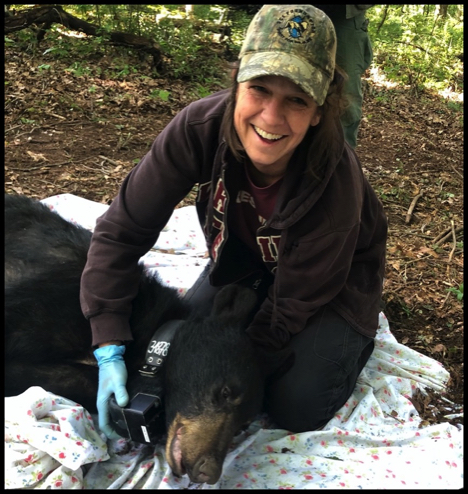

The WHAPA Lab: Home to Quite Possibly the most Famous Graduate Students in the World
(Certainly the Most Beloved)
Current Students
Christine Proctor
co-advised with Dr Mike Vaughan and Dr Dean Stauffer
Red Wolf Movement and Habitat Use in the Alligator River National Wildlife Refuge
Anne Hilbourn
Cheetahs, corn chips, cheeze doodles, and frogs. Because we love frogs

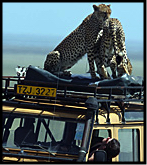
Erin Poor
jointly with the GeoSpatial Programme
Sumatran Tigers, their kittens, and warm bowls of milk. No, that's not a typo
Bernardo Mesa
Bears. Fluffy Bears. Soft, cuddly, cute-as-buttons Bears. And hugs
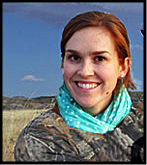


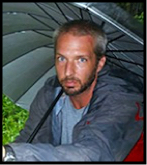
Ben Augustine
Math. Data. Formulas. Models. Gigantic, World-Conquering Brains
Chris Rowe
Pumas. Bars. Umbrellas. Stand back
David McNitt
Bobcats and Deers: The Perfect Appalachian Dinner Guests

Completed Students
Lindsey Rich, 2016
Botswana, leopards, dry air, and some dust, if you can believe that one

Dana Morin, 2015
Spatial Ecology and Demography of Eastern Coyotes in Western Virginia
Asia Murphy, 2015
Madagascar, fosa, tins of tuna, and damp sleeping bags

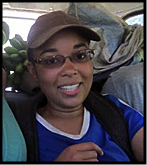
Zack Farris, 2014
Impacts of Fragmentation on the Malagasy Carnivore Community
Kanchan Thapa, 2014
Tiger Conservation in the Terai Arc Landscape, Nepal
Mamadou Daha Kane, 2014
Senegal, kittens, trees, and swimming pools.
David Montague, 2014
Diet and Feeding Ecology of the Coyote in Western Virginia

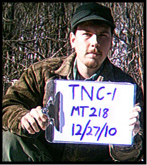

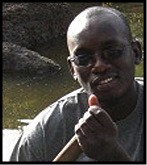




Bernardo Mesa, 2014
Assessment of Anthropogenic Impacts Trough Non-Invasive Glucocorticoid Measurements on Belizean Jaguar (Panthera onca goldmani) Populations
Claudia Wultsch, 2013
Non-Invasive tracking of jaguars (Panthera onca) and co-occurring feline species in Belize by genotyping feces and remote camera trapping
Sunarto, 2011
co-advised with Dr Mike Vaughan
Ecology of Tigers and Their Prey in Riau, Sumatra
Mike St Germain, 2012
Bat Habitat Ecology Using Remote Acoustical Detectors at the Army National Guard Manoeuvre Training Center--Fort Pickett, Blackstone, Virginia


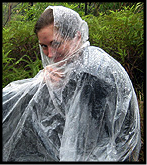

Catherine Tredick, 2011
co-advised with Dr Mike Vaughan
Ecology of black bears in Canyon de Chelly National Monument, Arizona: Managing bear-human conflict in a changing environment
Greg Batts, 2008
An assessment of Quality Deer Management on a Private Hunt Club in the Virginia Piedmont
Miranda Davis, 2009
Co-Varying Predator Densities and Mesopredator Release of the Ocelot across Five Study Sites in Belize
Jeff Kaminski (1971--2004), 2006
Disturbance Effects on Small Mammal Communities in a Managed Appalachian Forest



Adam Dillon, 2005
Ocelot Density and Home Range in Belize, Central America: Camera-Trapping and Radio Telemetry
Peter Laver, 2005
Cheetah of the Serengeti Plains: A Home Range Analysis
Kate Wright Kelly, 2005
co-advised with Dr Carola Haas
Model Validation and Improvement using New Data on Habitat Characteristics Important to Forest Salamanders, and Short-Term Effects of Forestry Practices on Salamander Movement and Population Estimates
Chris Satter, 2016
Cats. Kitties. Kittens. Mittens. He's Our Kind of Guy

In the Process of Floating Around Somewhere

Dr. Marcella Kelly is a Professor in the Department of Fish and Wildlife Conservation (FWC) in the College of Natural Resources and Environment (CNRE) at Virginia Tech. Her research focuses on estimating demographic parameters for difficult-to-track large, forest-dwelling carnivores in order to promote biodiversity conservation. Dr. Kelly uses remotely-triggered cameras and non-invasive genetic sampling over large landscapes to determine population size or density, population trends over time, survival rates, sex ratios, and genetic population structure and connectivity. She also used GPS collaring, critter-cam collaring, and captive animal holding to study space use, resource selection, foraging ecology, and behavior. Her research has resulted in over 100 peer-reviewed scientific papers on population densities and trends for numerous large- and medium-sized tropical cats, space use and demography of coyotes, bobcats, and bears, and feeding ecology of numerous carnivore species. Dr. Kelly is also a member of the IUCN Cat Specialist Group responsible for reviewing the threatened and endangered status of multiple felid species.
